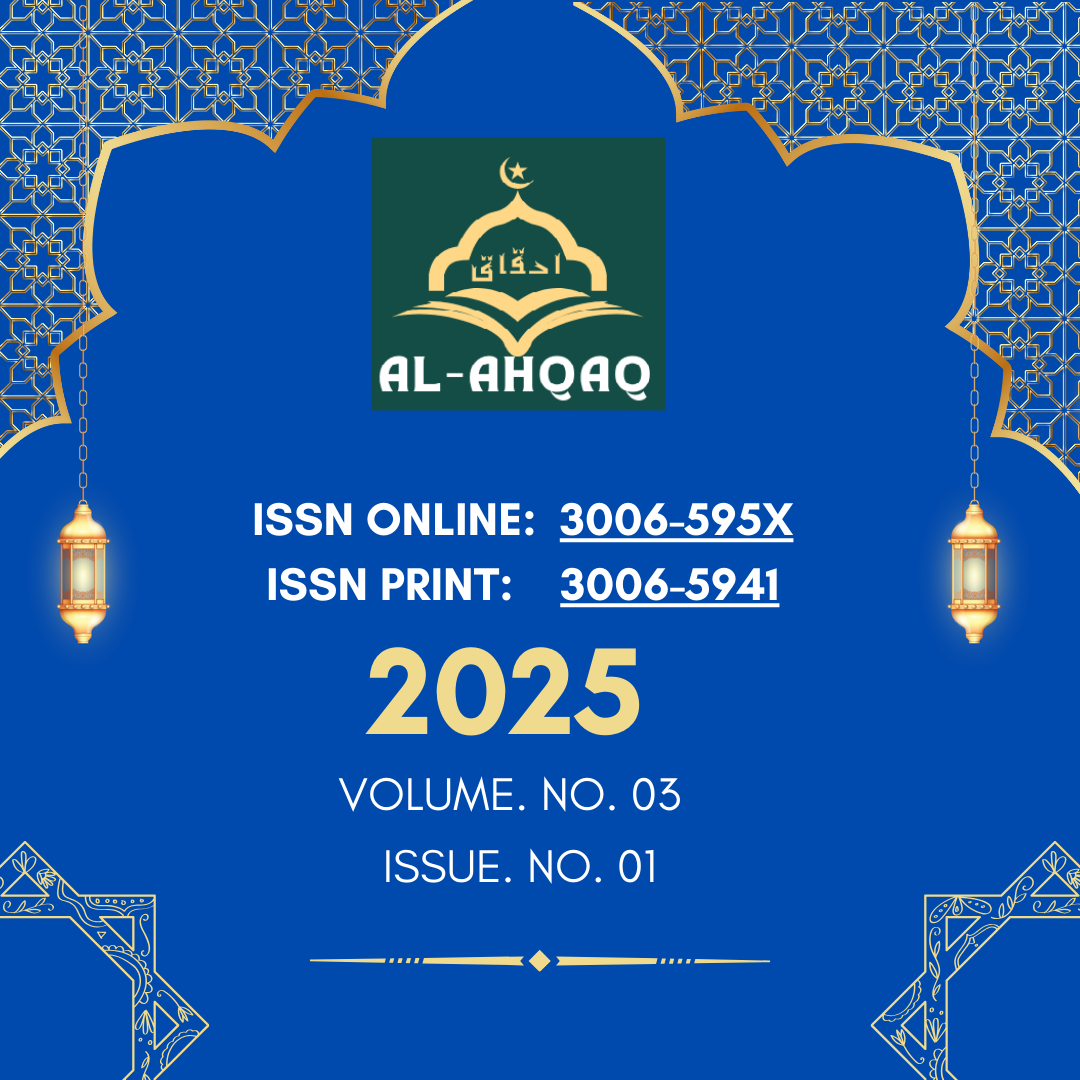Decoding Celebrity’s Communication: A Critical Discourse Analysis of Taylor Swift's Speech Using Grice's Cooperative Principle
Keywords:
Cooperative Principle, Critical Discourse Analysis, Maxims, Rhetorical Choices, Power dynamicsAbstract
This research assesses Taylor Swift’s speech at the 2019 Billboard Women in Music utilizing the canons of H.P. Grice’s Cooperative Principle and Fairclough’s Critical Discourse Analysis (CDA). The analysis established seeks to explore whether Swift follows, or breaks Grice’s maxims of quantity, quality, relation and manner in a bid to passing across her intended message. This study used a qualitative research approach, and the conclusions drawn were based on the original script of Swift’s speech for which the technique of theme analysis was employed. According to the speech, Swift follows quantity, relevance, and manner, by presenting enough, relevant and clear information. Nevertheless, she violates the Maxim of Quality intentionally as a tool of irony and sarcastic statement on gender discriminations and expectations regarding women in the music videos. These include the rhetorical choices that amplify the reception of her message and gives her the ability to condemn injustices while keeping her audience interested. Firmer and witty, yet sincere, the language of the speech builds up an honest, unyielding personality of the speaker. This work shows how power relationships and structural gender discrimination operate in the field of music business through CDA methodological framework and in relation to the criticism of Swift’s fight for the rights of female musicians and singers. Underpinning of this analysis is to reveal how celebrity communication navigates content, influences discourses, and establishes solidarity for female artists. Therefore, the research findings are relevant and valuable for exploring the nature of language, power dynamics, and celebrity endorsement in the current culture and media contexts.









